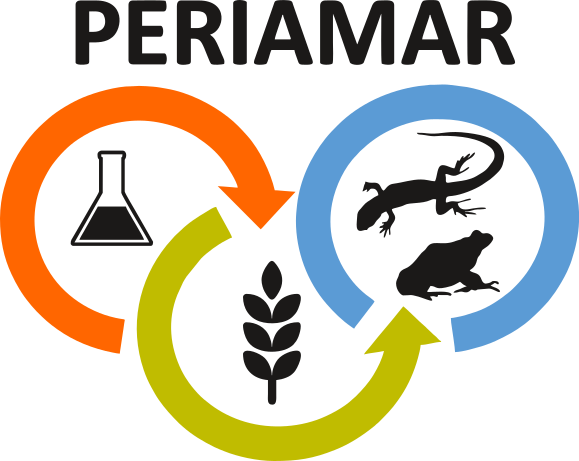Description
Half of the European amphibian species are present in arable lands, frequently within areas of pesticide application, hence pesticides have been pointed as one of the reasons for amphibian population declines. Amphibians have not been routinely considered in environmental risk assessment (ERA) of pesticides, which means that their protection from the impact of these substances is assumed to be achieved through the assessment conducted on other species, which act as surrogates. However, there is growing evidence that using surrogate taxa (i.e. birds and mammals) to extrapolate pesticide impacts to terrestrial amphibians leads in some cases to an underestimation of the actual risk. Amphibian skin is an organ with important physiological functions that lacks specialized structures of protection and is very permeable to the diffusion of chemical agents. The direct exposure to pesticides after overspray or because of contact with treated surfaces may affect skin functions and result in pesticide absorption and subsequent effects on other systems. This project will experimentally investigate the toxicity of pesticides on amphibian terrestrial stages, with particular attention to their effects on the skin when direct dermal exposure to pesticides happens. Toxicity patterns based on the properties of the pesticides and on their toxicity relative to other taxa, including earthworms that will also be tested as part of this project, will be evaluated with the purpose of recommending a protocol for implementation as part of the regulatory ERA of pesticides.
Additional information
|
Chemical
|
Pesticides / PPP
|
|
Taxa
|
Amphibia,
Anura,
Pelophylax
|
|
Study Framework
|
Laboratory experiment
|
Outputs
Files

